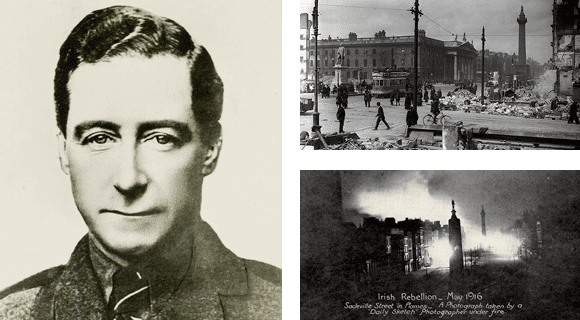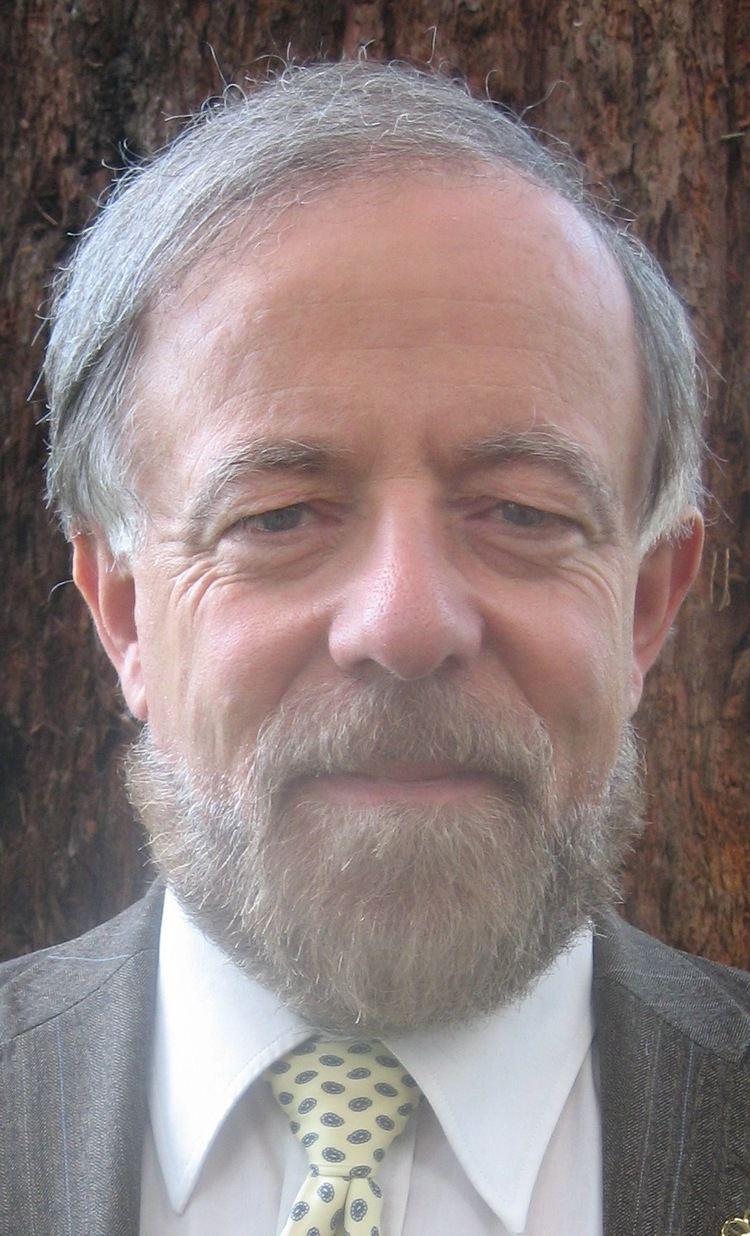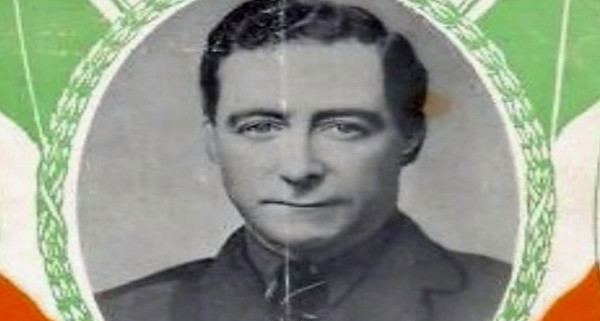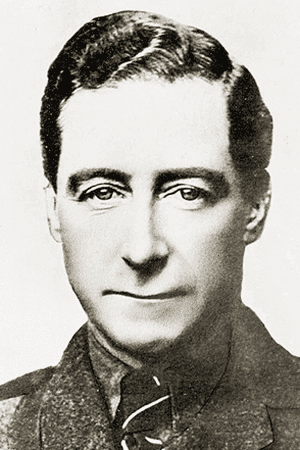Succeeded by Eamon de Valera Preceded by New office Role Politician Education Belvedere College Children Ruairi Brugha | Succeeded by Richard Mulcahy Name Cathal Brugha Spouse Caitlin Brugha (m. 1912) Party Sinn Fein | |
 | ||
Preceded by Patrick Pearse (as President of the Provisional Government of the Irish Republic24–30 April 1916) Preceded by Richard Mulcahy (1st time) Succeeded by Richard Mulcahy (2nd time) Died July 7, 1922, Dublin, Republic of Ireland Similar People Eamon de Valera, Michael Collins, Arthur Griffith, Richard Mulcahy, David Lloyd George | ||
Cathal brugha s life and death insights from diarmuid ferriter
Cathal Brugha ([ˈkahəl̪ bˠɾˠuː]; born Charles William St. John Burgess) (18 July 1874 – 7 July 1922) was an Irish revolutionary and politician, active in the Easter Rising, Irish War of Independence, and the Irish Civil War and was the first Ceann Comhairle (chairman) of Dail Eireann.
Contents
- Cathal brugha s life and death insights from diarmuid ferriter
- Week 11 Lecture 52 Michael Collins and Cathal Brugha
- Background
- Political activity
- War of Independence
- Civil War
- References
Cathal MacSwiney Brugha grandson of Cathal Brugha

Week 11, Lecture 52 - Michael Collins and Cathal Brugha
Background

Brugha was born in Dublin of mixed Roman Catholic and Protestant parentage. His father, Thomas, was a cabinet maker and antique dealer who had been disinherited by his family for marrying a Catholic. He was the tenth of fourteen children and was educated at the Jesuit Belvedere College but was forced to leave at the age of sixteen because of the failure of his father's business. He went on to set up a church candle manufacturing firm with two brothers, Anthony and Vincent Lalor, and took on the role of travelling salesman.
Political activity

In 1899 Brugha joined the Gaelic League, and he subsequently changed his name from Charles Burgess to Cathal Brugha. He met his future wife, Kathleen Kingston, at an Irish class in Birr, County Offaly and they married in 1912. They had six children, five girls and one boy. Brugha became actively involved in the Irish Republican Brotherhood (IRB) and in 1913 he became a lieutenant in the Irish Volunteers. He led a group of twenty Volunteers to receive the arms smuggled into Ireland in the Howth gun-running of 1914.
He was second-in-command at the South Dublin Union under Commandant Eamonn Ceannt in the Easter Rising of 1916. On the Thursday of Easter Week, being badly wounded, he was unable to leave when the retreat was ordered. Brugha, weak from loss of blood, continued to fire upon the enemy and was found by Eamonn Ceannt singing "God Save Ireland" with his pistol still in his hands. He was initially not considered likely to survive. He recovered over the next year, but was left with a permanent limp.
War of Independence
Brugha organised an amalgamation of the Irish Volunteers and the Irish Citizen Army into the Irish Republican Army (IRA). He proposed a Republican constitution at the 1917 Sinn Fein convention which was unanimously accepted. In October 1917 he became Chief of Staff of the Irish Republican Army and held that post until March 1919.
He was elected as a Sinn Fein MP for the County Waterford constituency at the 1918 general election. In January 1919, Sinn Fein MPs refused to recognise the Parliament of the United Kingdom and instead assembled at the Mansion House in Dublin as a revolutionary parliament called Dail Eireann. Due to the absence of Eamon de Valera and Arthur Griffith, Brugha presided over the first meeting of Dail Eireann on 21 January 1919.
He was known for his bitter enmity towards Michael Collins, who, although nominally only the IRA's Director of Intelligence, had far more influence in the organisation as a result of his position as a high-ranking member of the Irish Republican Brotherhood, an organisation that Brugha saw as undermining the power of the Dail and especially the Ministry for Defence. Brugha opposed the oath of allegiance required for membership of the IRB and, in 1919, his proposition that all Volunteers should swear allegiance to the Irish Republic and the Dail was adopted.
At a top-level IRA meeting in August 1920, Brugha argued against ambushes of Crown forces unless there was first a call to surrender, but it was dismissed as unrealistic by the brigade commanders present. Brugha also had the idea of moving the front line of the war to England but was opposed by Collins.
Civil War
On 7 January 1922, Brugha voted against the Anglo-Irish Treaty. During the Treaty Debates, he pointed out that Collins had only a middling rank in the Department for Defence, which supervised the IRA even though Arthur Griffith hailed him as 'the man who had won the war'. It has been argued that, by turning the issue into a vote on Collins' popularity, Brugha swung the majority against his own side. Frank O'Connor, in his biography of Collins, states that two delegates who had intended to vote against the Treaty changed sides in sympathy with Collins. He left the Dail and was replaced as Minister for Defence by Richard Mulcahy.
In the months between the Treaty debates and the outbreak of Civil War, Brugha attempted to dissuade his fellow anti-treaty army leaders including Rory O'Connor, Liam Mellows and Joe McKelvey from taking up arms against the Free State. When the IRA occupied the Four Courts, he and Oscar Traynor called on them to abandon their position. When they refused, Traynor ordered the occupation of the area around O'Connell Street in the hope of easing the pressure on the Four Courts and of forcing the Free State to negotiate.
On 28 June 1922, Brugha was appointed commandant of the forces in O'Connell Street. The outbreak of the Irish Civil War ensued in the first week of July when Free State forces commenced shelling of the anti-treaty positions.
Most of the anti-Treaty fighters under Oscar Traynor escaped from O'Connell Street when the buildings they were holding caught fire, leaving Brugha in command of a small rearguard. On 5 July, he ordered his men to surrender, but refused to do so himself. He then approached the Free State troops, brandishing a revolver. He sustained a bullet wound to the leg which 'severed a major artery causing him to bleed to death'. He died on 7 July 1922, eleven days before his 48th birthday. He had been re-elected as an anti-Treaty TD at the 1922 general election but died before the Dail assembled. He is buried in Glasnevin Cemetery.
His wife Caitlin Brugha served as a Sinn Fein TD from 1923 to 1927. His son, Ruairi Brugha later became a Fianna Fail politician and was elected to Dail Eireann at the 1973 general election. Ruairi married Maire MacSwiney, the daughter of Terence MacSwiney, the Republican Lord Mayor of Cork who had died on hunger strike in 1920.
